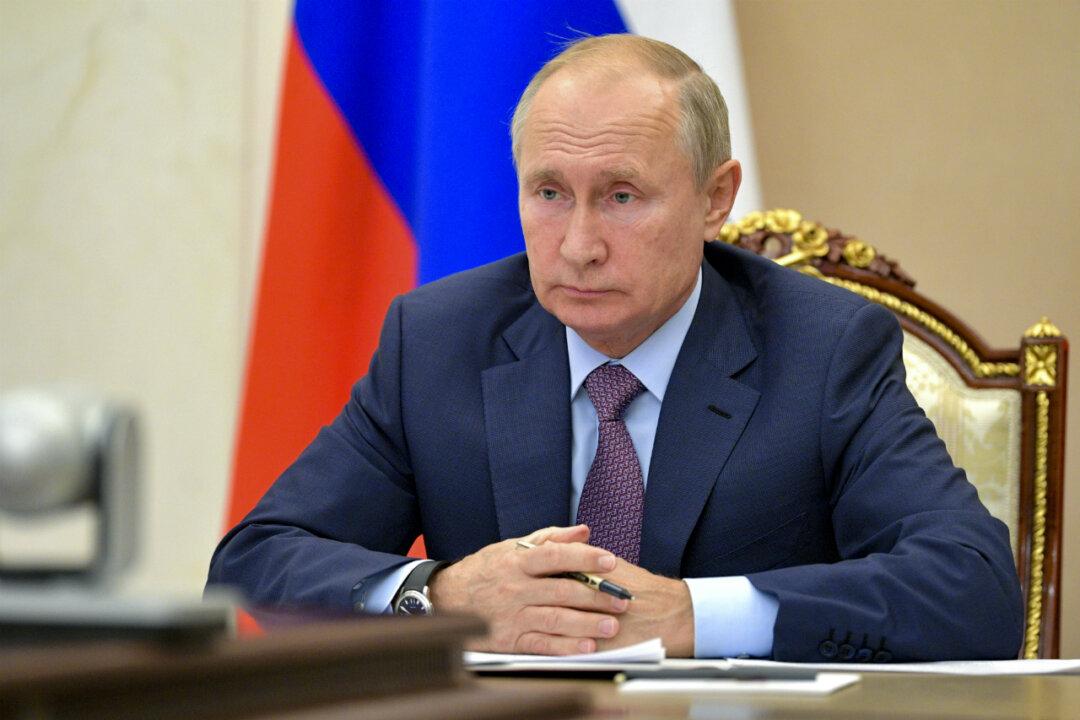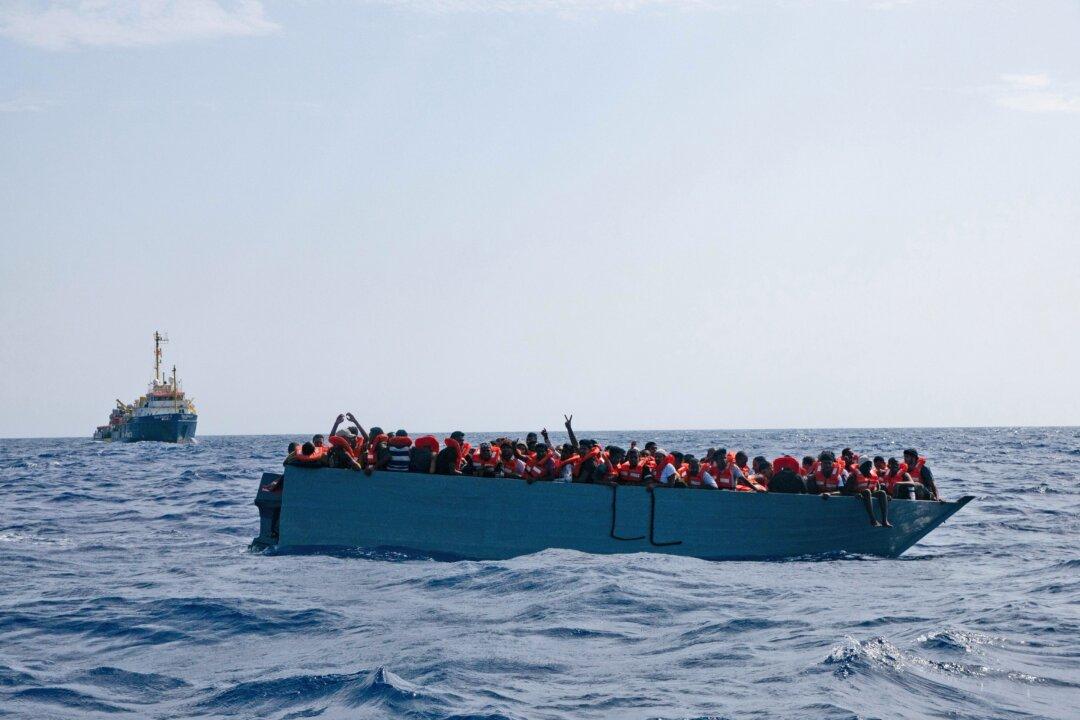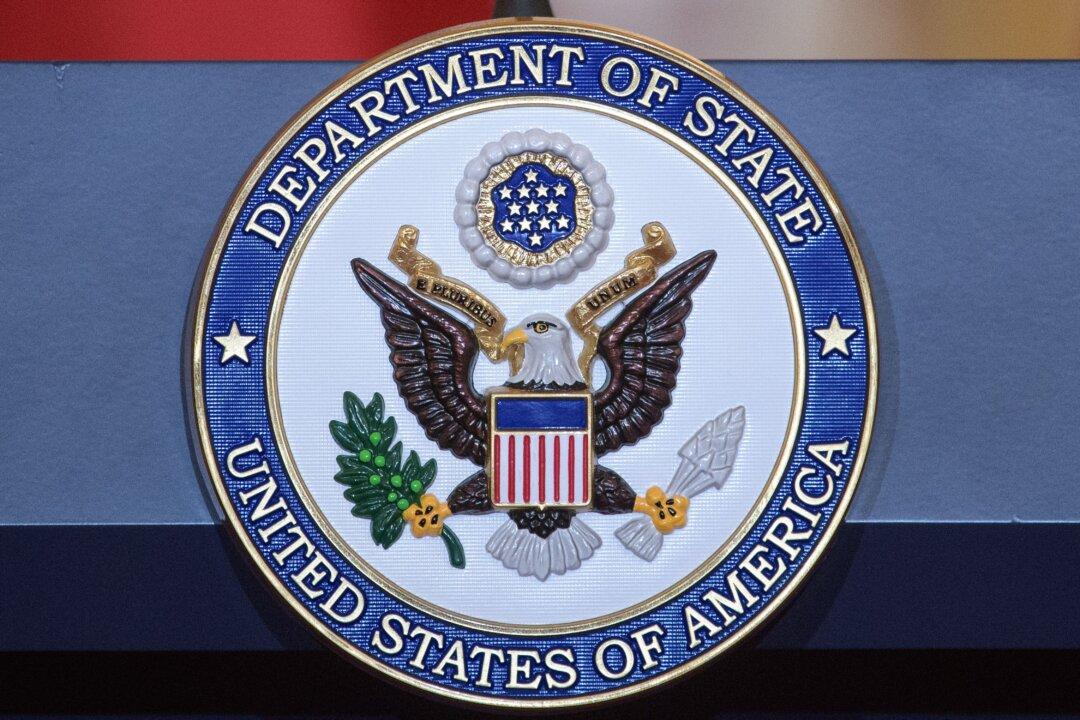The last U.S.–Russia strategic nuclear arms control pact appeared on track to win a one-year extension, as Washington on Oct. 20 welcomed a proposal by Moscow for such an extension if both sides freeze all nuclear warhead deployments for that period and the agreement is verifiable.
The apparent breakthrough, coming after months of difficult talks, appeared to narrow the gap between the sides over the fate of the 2010 New START agreement, which is due to expire in February 2021.





